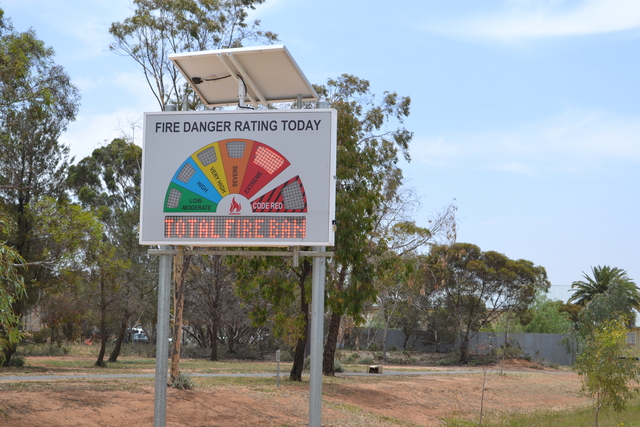TO consider that the Gunbower Forest flooded at the frequency claimed by Anna Parker (North Central Catchment Management Authority environmental water program manager) in the Gannawarra Times (Explain flood – council, August 15, 2023) is bordering on the ludicrous and shows a complete lack of historical and practical knowledge.
The idea that the floodplains received water seven out of 10 years is based on a Commonwealth Environmental Water model, and it is exactly that – a model. It completely ignores rainfall results in the catchment basin(s) and is not based on actual historical evidence.
We know that the paddlesteamers could only work six to seven months per year as the Murray River was less than 50cm deep. Paddlesteamers were designed to operate in 20 inches (50cm) of water.
Grey’s saw mill operated on the edge of the Murray River in Gunbower Forest from the 1870s until 1919, being well before river regulation.
The state school on site averaged 19 students per year. Operating the mill and having such a large number of people on site would have been impossible if the forest was flooded for the current proposed six months and for seven out of every 10 years.
Analysis of rainfall data at the Bureau of Meteorology station number 72023 – Hume Reservoir, shows that for over two-thirds of the years (since 1922), 10 months of these years received less than 100mm of rain. To consider that 100mm per month is enough to maintain a full Murray River for the complete month is completely illogical and impractical.
Regulators along the Gunbower Creek and Murray River allow the forest to retain the water at full flood height for many months, especially when additional water is added via the Hipwell Regulator – itself an artificial system.
Natural floods dissipated much more quickly than the so-called “environmental water” floods created by NCCMA. Recent examples of this can be seen at Lismore and Rochester where the water rose steadily but then moved away relatively quickly. They did not remain at their maximum for months at a time.
Water probably did enter the forest annually, although there are photos showing that the river ran dry about every ten years and it was possible to walk across the floor of the river.
With the Gunbower Creek floor being higher than the river, it would have dried much earlier and consequently drained a significant proportion of the forest. Indeed it was necessary to dig dams in the floor of the creek for stock water with the first dam being constructed at Gannawarra station in 1862.
If we are so convinced that it is essential to follow a watering regime proposed by a model then shouldn’t we be running the river dry ever 10 years to match what we know occurred historically (1901, 1915 and 1923)?
It is time to blindly stop following man-made models and begin to address the issues based on historical facts, practicalities and known rainfall data.
Geoff Wakeman
Environmental committee chair
Central Murray Environmental Floodplain Group







